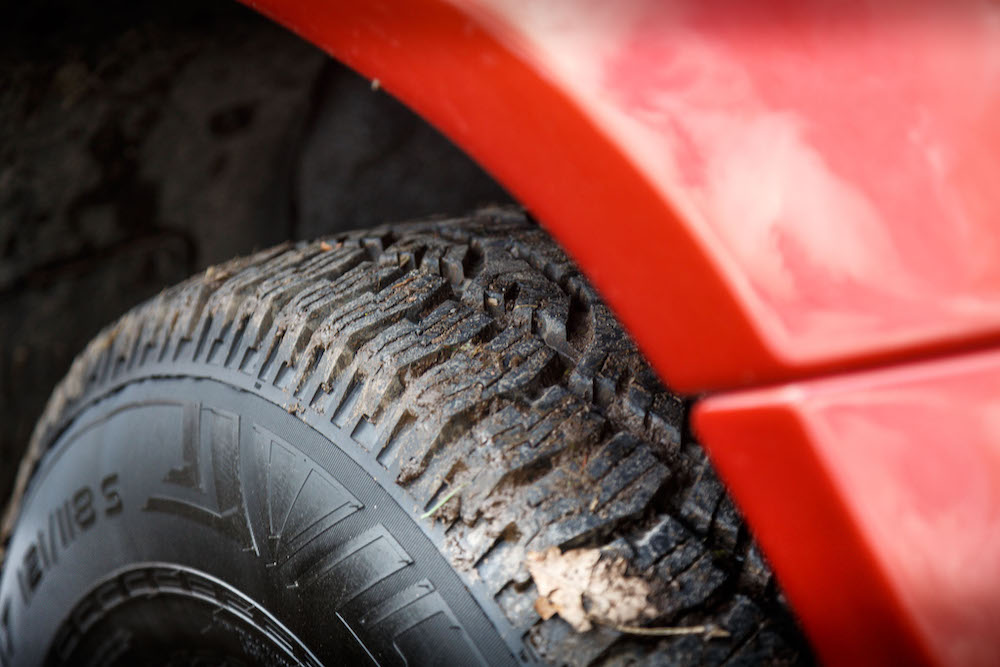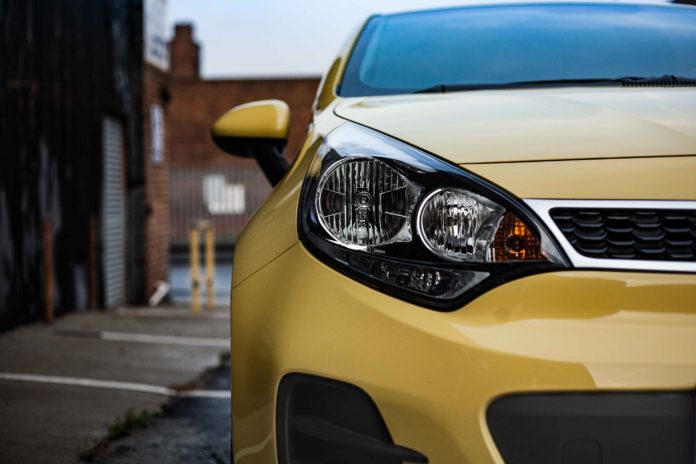As winter approaches, it’s crucial for drivers to ensure their vehicles are equipped to handle the harsh conditions. Preparing your car not only enhances safety but also extends the life of your vehicle. This article will guide you through essential maintenance tasks and provide insights into the importance of wheel bearings, tyre tread depth, wheel alignment, and wheel offset.
1. Checking Wheel Bearings
According to AUTODOC wheel bearings, are pivotal in the smooth operation of your car. They allow your wheels to rotate with minimal friction and support the vehicle’s weight. It’s vital to check these regularly, especially before winter. Signs of wear include strange noises, loose handling, or a vibrating steering wheel. If you notice any of these symptoms, it’s time to inspect or replace your wheel bearings, ensuring your vehicle remains safe and efficient during winter conditions.
2. Inspecting Tyre Tread Depth
Your tyre’s tread depth is critical in winter. It ensures that your car can grip the road properly, especially in icy or wet conditions. The legal minimum tread depth in the UK is 1.6mm, but for winter driving, a depth of at least 3mm is recommended. Checking tread depth is simple and can be done with a tread depth gauge. Adequate tread depth is crucial for preventing skidding and maintaining control on slippery roads.
3. Ensuring Proper Wheel Alignment
Proper wheel alignment is essential for the safety of your vehicle. Misaligned wheels can lead to uneven tyre wear, poor handling, and increased fuel consumption. It’s advisable to have your wheel alignment checked by a professional, particularly after hitting a pothole or a kerb. Regular wheel alignment checks also contribute to longer tyre life and improved vehicle handling.

4. Understanding Wheel Offset
When preparing for winter, understanding wheel offset is crucial, especially if you’re considering new wheels or winter tyres. Wheel offset refers to the distance between the wheel’s mounting surface and the centreline of the wheel. It’s divided into three categories: zero offset, positive offset, and negative offset. Each type affects how the wheels sit in the wheel wells and the overall handling of your car.
– Zero Offset: The wheel’s mounting surface is in line with the centreline. This type of offset ensures the wheel is balanced in the wheel well, providing stable and predictable handling.
– Positive Offset: Common in newer cars, the mounting surface is towards the outside of the wheel. Positive offset wheels are designed to keep the wheels closer to the body, reducing the likelihood of wheel rub.
– Negative Offset: The mounting surface is towards the inside, creating a ‘dished’ look. Negative offset can give the vehicle a more aggressive stance but may affect the wheel clearance with the bodywork.
It’s essential to choose a wheel offset that matches your car’s design. A wrong offset can lead to tyre rub, suspension issues, and even damage to brakes and body parts like fenders. Particularly with winter tyres, ensure the offset matches your current setup to avoid spraying road salt and chemicals, which can be harmful to your vehicle and others.
Additional Maintenance Tips
– Check Your Antifreeze: Ensure your coolant system is filled with antifreeze, which prevents the water in the engine’s cooling system from freezing. Regularly checking and topping up antifreeze can prevent engine damage during cold snaps.
– Battery Performance: Cold weather can affect battery performance. Have your battery checked and replaced if necessary. A robust and fully charged battery is essential for reliable starts on cold mornings.
– Lights and Wipers: With shorter days and poorer visibility, ensure all lights are working, and wiper blades are in good condition. Good visibility is critical for safe winter driving, and functional lights and wipers play a key role.
– Emergency Kit: Always carry an emergency kit, including a blanket, torch, first-aid kit, and a fully charged mobile phone for unforeseen situations. An emergency kit can be a lifesaver in the event of a breakdown or other emergencies in cold weather.
Conclusion
Preparing your vehicle for winter is not just about comfort; it’s a safety imperative. By following these essential maintenance tips, you can ensure a safer, more reliable driving experience during the colder months. Remember, if you’re unsure about any aspect of your car’s maintenance, consult a professional. Safety should always be your top priority.
Sources:














